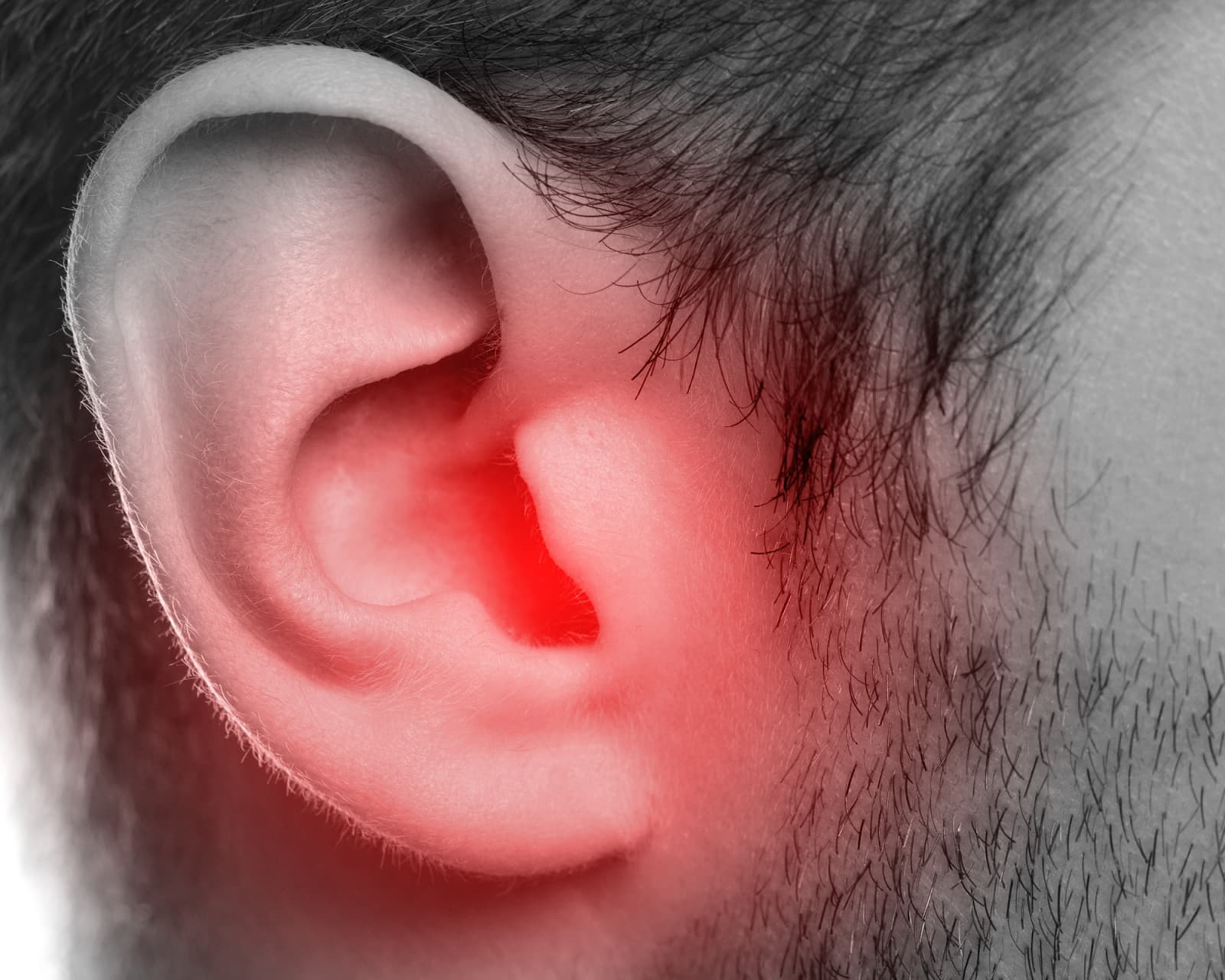Hearing aids that are bone anchored, also known as bone-anchored hearing aids or BAHAs, are high-tech devices that can help you with your hearing loss. They are constructed to send sound vibrations directly to the inner ear via bone conduction, skipping over the outer and middle ears in the process. The use of bone-anchored hearing aids may help you if you have conductive or mixed hearing loss, single-sided deafness, or are unable to wear standard hearing aids.
Hearing Associates of Las Vegas can assist you with various hearing aid options and provide support for you as you navigate your hearing loss. Continue reading to learn more about bone-anchored hearing aids and how they can help you.
A Deeper Look at Bone-Anchored Hearing Aids
In most cases, a bone-anchored hearing aid will consist of three components. In both instances, the attachment method makes it possible for the external sound processor to transfer sound vibrations into the bone, activating the inner ear in the process and allowing for increased hearing. It is important to remember that the surgical implantation and attachment of BAHAs should only be done by a skilled medical expert specializing in this area.
External Sound Processor
This external sound processor captures noises from the surrounding environment and converts them into electrical impulses. The sound processor is worn behind the ear and contains a microphone, amplifier, and a digital signal processor that amplifies and modifies the sound. It also has a volume control.
Abutment or Magnetic Implant
The abutment, also known as the magnetic implant, is a small titanium post surgically inserted into the bone behind the ear. It acts as a point of attachment for the external sound processor, making it possible for sound vibrations to be transmitted to the bone.
Connecting Mechanisms
BAHAs typically make use of either of two primary varieties of connecting mechanisms. The first is called the percutaneous abutment, the only one of the two penetrating the skin. It then connects directly to the external sound processor. The second type is called a magnetic system. It consists of an external sound processor held in position against the skin by a magnet, which then lines up with a magnet implanted underneath the skin.
For BAHAs that have a percutaneous abutment, a tiny titanium fixture is surgically placed in the bone behind the ear. This is done in place of the traditional external abutment. Following a period of time during which the fixture is allowed to heal, an abutment is fastened to it, and an external sound processor is connected directly to it. Because the abutment protrudes through the skin, it makes it possible for sound vibrations to be sent directly to the bone.
BAHAs that use a magnetic system have a magnet implanted into the skin behind the ear. This is done as part of the magnetic system. A magnet corresponding to the external sound processor presses against the user’s skin and holds it in place, resulting in a secure and comfortable attachment. By using this approach, there is no requirement for a protruding abutment, which results in an option that is more aesthetically pleasing.
How Does a Bone-Anchored Hearing Aid Differ From a Traditional Hearing Aid?
A typical hearing aid uses air conduction to transfer sound impulses, while a bone-anchored hearing aid feeds sound directly to the best-functioning inner ear in both situations, allowing for clear, direct hearing.
Who Can Benefit From Bone-Anchored Hearing Aids?
If you have either conducive or mixed hearing loss, you might be helped by bone-anchored hearing aids since they send sound vibrations to the inner ear via bone conduction. Additionally, if you have complete hearing loss in one ear but normal hearing in the other, you may also find that a bone-anchored hearing aid is beneficial. This is known as single-sided deafness. In this instance, BAHAs assist in the transmission of sound from the deaf ear to the working ear, thereby enhancing both the general sound perception and the ability to localize sounds.
A hearing loss bone-anchored hearing aid can also be effective for anyone who struggles with traditional hearing aids due to specific ear conditions. It can improve sound perception, localization, and speech understanding, leading to improved overall hearing abilities. If you are concerned about possible hearing loss, have trouble with traditional hearing aids, or have noticed recent issues with tinnitus, consider talking with one of our team members about your options.
Ask About a Bone-Anchored Hearing Aid Today
It’s important to consult with a hearing healthcare professional to evaluate and determine if a bone-anchored hearing aid is the right solution for your specific hearing loss needs. At Hearing Associates of Las Vegas, we can assess your hearing issues and create a customized treatment plan for you. Call today to take the first step toward better hearing.




Leave a Reply